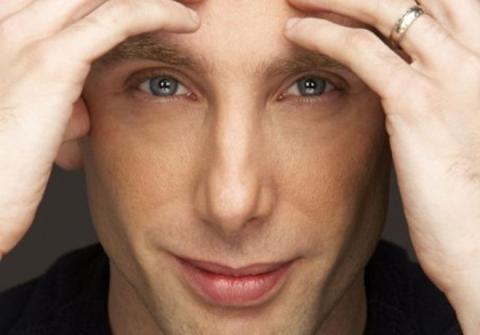Why would we move?

Why would we move? Simply, because it brings joy.
Not the type of joy that speaks, “Yes! I am really happy!” but the type of joy that is similar to a light source where the energy from the source engages and simulates–bringing validity and a sense of integrity that feels whole, tangible, and multidimensional.
Sometimes it is indeed difficult to search for or find the joy. Sometimes a person feels inferior, or like a wall is built all around one's hemisphere, all around one's very being. How can one find joy when there is no joy to be found?
Simply begin to move. Start with your hands, listen to your inner pulse, heartbeat, or the inhale and exhale of your breath, and simply respond. Let your instrument serve you. Not so that you can impress others, or even yourself, but simply so your inner thoughts that are ecstatic to sing.
As a hearing-impaired person, the act of expressing through movement brought me great discovery when I was younger. Movement allowed me to discover what it means to be alive, what it means to suddenly feel like I can hear, and most importantly, to discover a channel of expression that feels organic, innate, and truly from the soul.
I was hooked on movement—not so much with the steps of movement, but rather with how it made me feel when I pretended I was a snake crawling on the floor or when the rhythms of a particular piece of music needed to be physicalized. Approaching movement was immediately transcendent. I vowed then that it would be a mission of mine to enable people to experience their inner soul through the medium of movement. Regardless of experience, age, or disability, the art of movement would be an entry point into how to engage, explore, and become enriched by and discover the world around them. Most importantly, movement allows people to discover the world that exists inside of them.
Leonardo da Vinci once said, “The soul desires to dwell with the body because without the members of the body, it can neither act nor feel.” The human body is a breathing instrument that has the ability to bring color to a canvas, words to a script, and notes to a musical score. The human instrument becomes an instrumentalist whose simple gestures can bring a symphony of possibilities.
